June 1, 2025 | 07:23 GMT +7
June 1, 2025 | 07:23 GMT +7
Hotline: 0913.378.918
June 1, 2025 | 07:23 GMT +7
Hotline: 0913.378.918
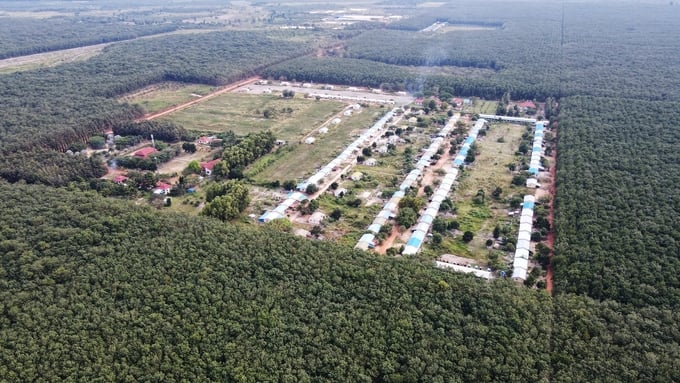
The worker housing area deep in the vast green rubber plantation.
15 years, from the first footprints of those who opened the land, after overcoming many hardships, now the community that Vietnam Rubber Group (VRG) built in the Land of Temples has gone up to nearly two thousand people.
15 years, from Kampong Thom, Kratie, Rattanakiri, Odor Meanchey to Preah Vihea, Siem Reap and Mondolkiri, once a deserting land full of nomads, the 7 southern provinces of the Kingdom of Cambodia are now dressed in a totally different energy. 87,543 ha of rubber has been planted and is expected to be fully exploited next year. By 2025 Cambodia will become VRG’s largest latex production area.
15 years, and Cambodia now possesses seven rubber processing factories with a total capacity of 88,900 tons/year. The revenue in 2021 VRG raised from the projects reached USD 160 million and the profit was nearly USD 38 million.
But this journey is more than about money. VRG and its 17 companies go to a foreign country, open the land’s potential, and economic benefits come as a result. But each company also build residential area, school, medical station, and many more to improve the life of people. At first strange, now familiar, people of two nationalities gradually get more attached to each other after having the days of "using strength to turn rock into rice". And now they are working together to continue writing a story filled with love for the land and people.
Originally from the West of Vietnam, Tha is currently an officer of Phuoc Hoa - Kampong Thom Rubber JSC. Understanding our confusion upon seeing a woman from the river land going to the mountain to plant rubber, Tha gave out a light smile. “It must be fate,” she said.
Early in the morning, Thi Ngoc Tha picked us up from the center of Kampong Thom province to go to the largest rubber area in Chua Thap country, belonging to Phuoc Hoa - Kampong Thom, Tan Bien- Kampong Thom and Ba Ria - Kampong Thom.
Going through the vast forest with only rubber and rubber, we arrived at Phuoc Hoa - Kampong Thom Rubber JSC at noon. The company's headquarters was located deep in a place where every direction was also full of rubber trees. The workers had just finished their shift and were resting under the green rubber forests. Vietnamese and Cambodian, one language after another, I didn't know whether they understand each other, but the atmosphere seemed lively.
I decided to interview Khean Sok Khoeurn and asked Tha to translate for me. I wanted to know more about this Cambodian friend's journey to becoming a rubber worker.
“My wife and I are both from Ronpi hamlet, Boeung Lavea commune, Santuk district. We used to work freelance, but after we got married and had two kids, life became precarious due to unstable income,” the man said.
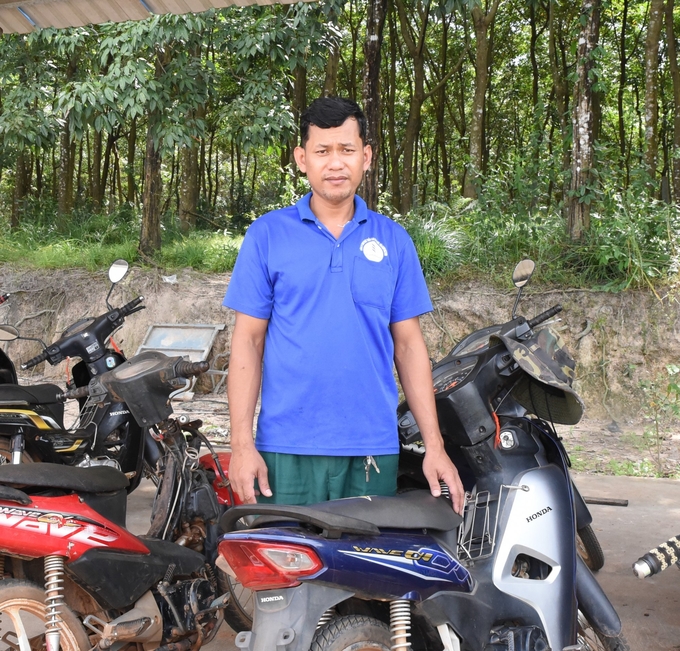
Khean Sok Khoeurn boasted about having a motorbike thanks to rubber.
Since becoming rubber workers, being given the opportunity to have a house, and having their children study at the school built by the company, the couple worked hard and was able to earn an amount of riel equivalent to VND 15 million every month. And they were not the only ones that came to this decision. Nguyen Van Luyen, General Director of Phuoc Hoa - Kampong Thom Rubber JSC, said, “Cases like Khean Sok Khoeurn and his wife are becoming more frequent”.
Most of the company’s over 1,400 employees are local people. Implementing policies to stabilize production, VRG's companies in Cambodia all have policies such as housing, rice distribution for new recruits with 30kg/person, and travel expense support for employees and their families to the project area. General Director Luyen even boasted about the company’s achievements. In the past few years, although there are still some difficulties due to epidemics and fluctuation of latex prices, every year Phuoc Hoa - Kampong Thom earns more than VND 100 billion.
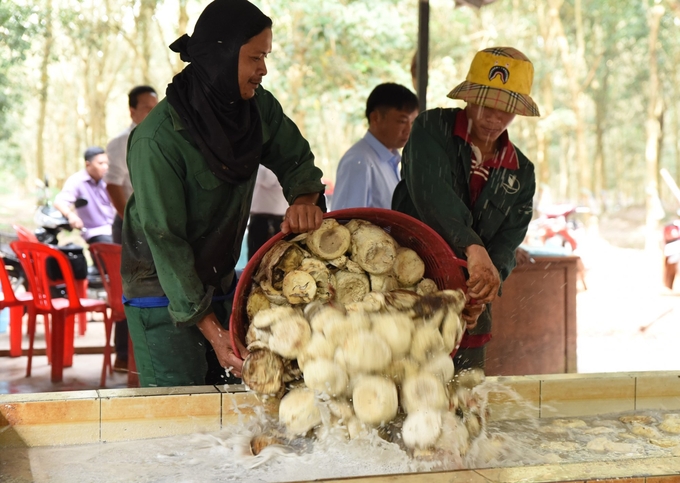
The lives of people in localities have changed for the better after working as rubber workers.
15 years of a journey with rubber trees in the Land of Temples, among the first people who came to Kampong Thom, now some have left, while some choose to stay. But one thing remains: the Vietnamese spirit is being nurtured with each passing day.
Le Quoc Hung, Deputy General Director of Ba Ria - Kampong Thom Rubber JSC, the remaining man among the first 8 people coming to this land, said, “It was 2009 when we first started planting. The locals at that time were still used to nomadism and common rice cultivation. Mobilizing them to plant a tree they had never seen before was really difficult.
“When the first hectare of rubber took root, the challenge immediately arose. The project land was originally a dipterocarp forest, poor in humus, often flooded. The rubber trees that had just been planted in the water were flooded white as if waiting to sweep away our first effort and result. All local officials, employees and workers worked together to dig ditches to drain water into rivers and streams. During the basic construction period, approximately 600 km of ditches were dug to counter this disaster.”
But in the end, hard work pays off. Ba Ria - Kampong Thom now has more than 5,393 ha of rubber for exploitation. The plantation’s productivity is at 2.16 tons/ha. Ba Ria - Kampong Thom is the first company growing rubber in Cambodia to transfer profits back to Vietnam, up to VND 191 billion by 2021.

A school built by VRG companies.
Mr. Hung also revealed that recently when summarizing the data to assist the delegation of Prime Minister Pham Minh Chinh in his visit to Cambodia, he realized that over the past 15 years, VRG companies have invested in infrastructure and social security works in the country Chua Thap with a total value of USD 60 million.
There is over 1,200 km of roads serving people's lives which is worth USD 20 million. Electricity system, more than 1,000 clean water wells worth USD 6 million. Medical station over 5,000 m2, schools over 5,000 m2, and collective housing for workers 120,000 m2, the total worth is USD 17 million. Religious works are worth more than USD 1 million. The companies also donate nearly USD 6 million to political, social, medical and educational activities in localities.
As we were packing to leave Kampong Thom, Mr. Nguyen Duy Linh, General Director of Chu Se - Kampong Thom Rubber Joint Stock Company held our hands tightly, as if he didn't want us to go. He and his company is about to be honored and receive the title Hero of Labor, which is a well-deserved recognition of the merits that people like him have devoted to developing rubber trees on this land.
It suddenly occurred to me that, not only Mr. Linh or Chu Se - Kampong Thom, but many other people leaving their marks on this journey of 15 years have also "greatly contributed to socio-economic development, to beautify the Vietnam-Cambodia friendship" as the leader of the Government of Cambodia said. They are all worthy of the title “Heroes”.
Translated by Samuel Pham
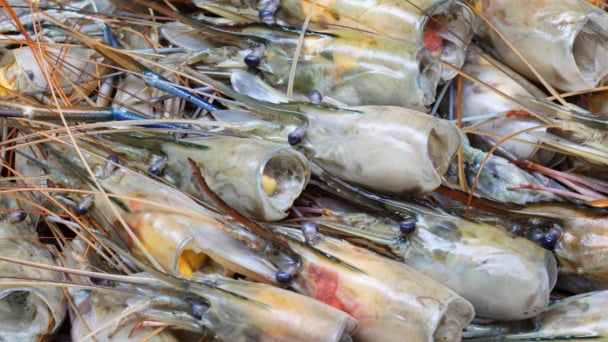
(VAN) Seafood by-products are opening a new path, combining green growth and technological innovation to enhance the industry's value.

(VAN) Mr. Nguyen Thanh Cong, Vice Chairman of the Son La Provincial People's Committee, reflects on Son La’s journey from barren hills to fruitful orchards after a decade of hard work.
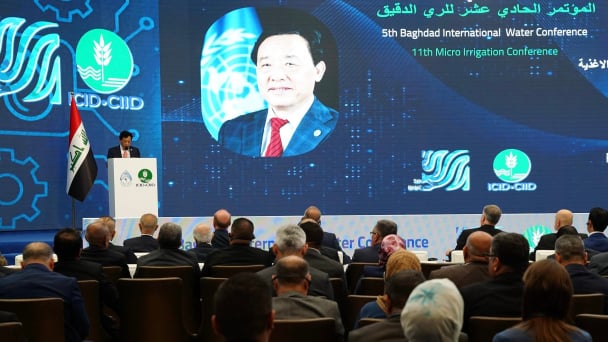
(VAN) FAO’s Director-General addresses the 5th Baghdad International Water Conference.
/2025/05/26/1716-4-nongnghiep-191706.jpg)
(VAN) Chain linkages, technological innovation, and raw material zoning are three strategic pillars for the coconut industry to strongly develop and elevate its position on the global agricultural map.
![Advanced mariculture – an inevitable trend: [4] Accompanied by scientists](https://t.ex-cdn.com/nongnghiepmoitruong.vn/608w/files/sohk/2025/05/13/1941-pgsts-vo-van-nha-140958_717.jpg)
(VAN) According to Assoc. Prof. Dr. Vo Van Nha, Director of the RIA III, the development of advanced offshore mariculture is no longer an option but an essential path for Vietnam’s fisheries sector.
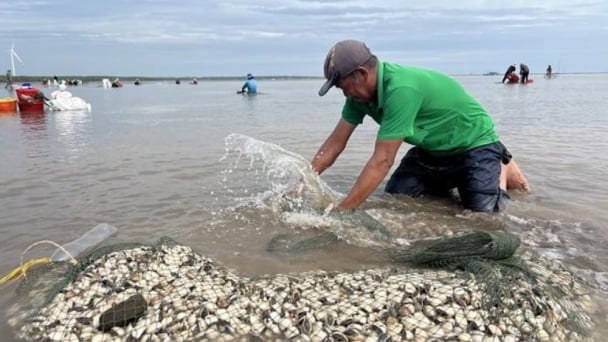
(VAN) Vietnam is intensifying the development of mollusk farming areas that meet international standards, aiming for sustainable growth and enhancing its export position in the global seafood market.
![Advanced mariculture – an inevitable trend: [3] Policy-driven momentum](https://t.ex-cdn.com/nongnghiepmoitruong.vn/608w/files/doanhtq/2025/05/21/0104-0616-0348-nuoi-bien-170339_789.jpg)
(VAN) To ensure the success of offshore mariculture that uses advanced technologies, it is essential to establish supportive policies that inspire both individuals and enterprises to invest with confidence.